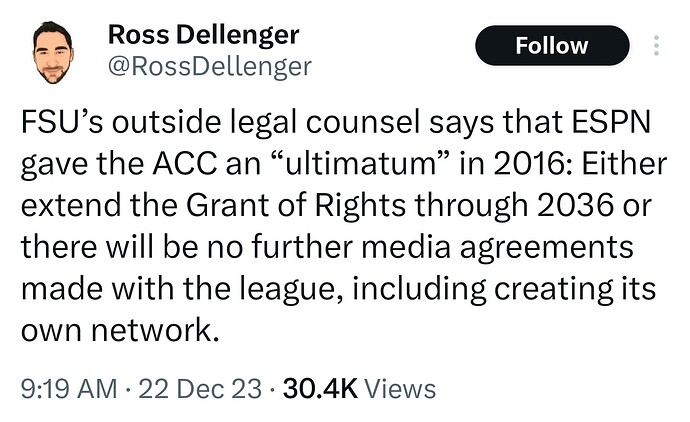Nebraska got kicked out of the AAU because they simply were not competing to PEER universities
again if anyone on this forum had a remote idea of how the AAU evaluates universities they would understand why some are in and some are not…because the AAU evaluates based on PEERS and they evaluate based on a mission
Nebraska was simply not performing to a level that matched their peers…as for the medical school there was ZERO that prevented Nebraska from merging that medical school under the main campus (just as aggy has done about 12 years ago merging all of their state wide medical programs under college Station)
but the problem with that for Nebraska is that would have changed Nebraska from being evaluated as a public university in a state with only 3 public universities (and one under 5,000 students) and no medical school to one that has a medical school…and the Nebraska medical school is not highly productive in research even for a medical school in a small state. Thus merging that medical school under the main campus would have made the evaluation criteria and the peer comparisons that much worse for Nebraska
the other main problem with Nebraska is they never took their statutory land grant funding and used it t build a major life sciences component as aggy, penn state, Florida, AU, Cal, Cornell, Michigan State, Ohio State and others did…they did not leverage that funding and those faculty they could hire with that funding to push beyond that they were first hired to do…many others did
In the case of Oregon they are a 23,000 student university so they are half the size of UH, but the AAU will evaluate based on the research productivity of the faculty members themselves not just based on bulk research…they are not going to have a member that does $400,000,000 in research with 150,000 students and 6,500 faculty members because that is only $61,500 per faculty member in research…as compared to a university that has 1,100 faculty members and an enrollment of 9,000 students and does $250,000,000 million in research ($227,000 per faculty member)
they are not going to have schools with horrible student to faculty ratios and low per faculty productivity as members that is not how it works
they also look at the mission of the school…in a state with 34+ public universities they evaluate those members differently than in a place with 7 public universities or 3 public universities (like Iowa and Arizona)
they look at the stature of the faculty members and they have a preference for places that produce graduates that go on to win National Academy membership (and similar) and places that have faculty that gain National Academy membership while working at that university…they are less impressed by places that just go money whip existing National Academy members to move to their university…that only proves they can come up with some money to hire someone it does not prove they have a long term environment that produces and fosters that type of research faculty or graduates
so yes when you toss out raw numbers and leave out the context of what the AAU looks at you do need to be told how it actually works unless you want to sit around bewildered forever as to why certain things happen and others do not
in the case of Oregon with no agricultural research component (that gains large amount of COMPETITIVE grants), and no engineering, and no medical school I am fairly certain they have been told by the AAU to improve or ship out, but the AAU gives a decade or more of warning (as they did for Nebraska and Syracuse) and in the case of Oregon their $500,000,000 donation from fill night and another $500,000,000 in funding for a life sciences campus they are doing enough to stay in for now and probably for a while
but they will probably have to step things up considerably in the future to stay in because not having a medical, ag, or engineering college is not the fault of the AAU that is the issue for Oregon to deal with…but as long as the “peers” out there are not catching up to and passing them they will be OK and as long as they can keep faculty research productivity and student metrics high they will be OK

